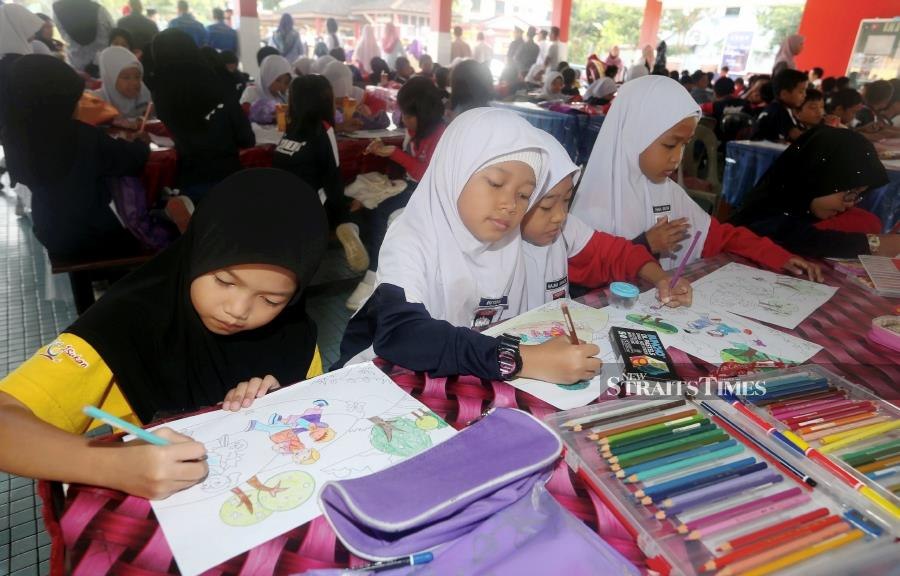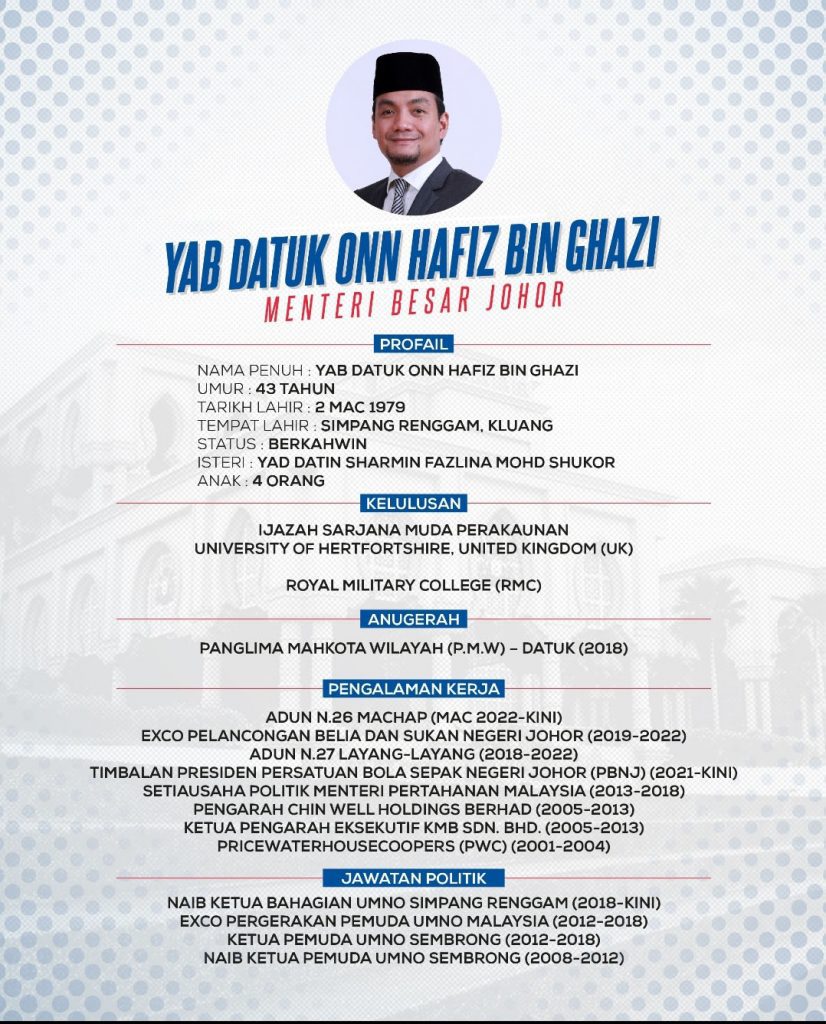A KEY ingredient that constitutes a strong nation lies in the hands of its well-informed citizens. This implies that a populace is knowledgeable, well-developed and rounded individuals. However, one could argue that our education system has not adequately met the standards needed to harness the full potential of our citizens — it stops short at providing channels for creativity to foster.
What we have is an inherently rigid structure that is reliant on standardised exams and places too much emphasis on the binary subjects of science and mathematics. The assumption that these subjects are the only prosperous route for the future hinders students’ comprehensive growth.
It deprives them of various elements of knowledge found through the medium of creative subjects that range from art, music, drama to social sciences, such as politics and philosophy, that are key to the development of the individual.
Creative subjects are instrumental in reflecting alternative facets of intelligence that cannot otherwise be extracted from subjects such as science and mathematics. Independence, critical thinking, curiosity, innovativeness, originality and problem-solving are just some of the qualities that are developed by creativity.
By placing more importance on creative subjects, the desired spirit of entrepreneurism will be considerably enhanced, thus enabling economic growth of a diversified nature. In today’s age, innovative thinking is encouraged across the globe, yet the same cannot be said for Malaysia.
The national curriculum seems to stifle creativity instead of cultivating it. By making creativity a priority in the national agenda, it will give the country a greater competitive foothold in an increasingly complex global economy.
Creative subjects are useful in their own right. They encourage self-expression, confidence and individualism that are needed for growth. Furthermore, it can support and strengthen culture, positively developing a wholesome society by fulfilling the goal of national education policy.
According to this policy, education in Malaysia should strive to produce individuals who are intellectually, spiritually, emotionally and physically balanced. Thus, an imperative weight-shift within the national curriculum must occur, and it begins by prioritising creative subjects to bring them in line with traditionally “hard” subjects.
Take for example South Korea — its national education curriculum in 2015 made the “creative and integrative learner” the key objective in the reforms. The introduction of the Free Semester Programme (FSP) saw the reduction of test-related pressures in the school system. It was replaced with a student-centred approach.
A noteworthy development was the “teacher research societies” where experts from relevant fields such as policy-makers would collaborate to discuss best practices for learning. This way, the education system is kept up-to-date.
Singapore has also regarded creative imagination as one of the fundamental aspects of a successful education system. Under “Thinking Schools, Learning Nation” in 1997, the development of a critical and creative thinking culture within schools were formulated. Taking a step further, Singapore also introduced “niche schools” — which placed greater emphasis on the study of the arts. Interestingly, one of the few schemes focused on the need for a decentralised education system aimed at giving greater autonomy to teachers.
Further investments were also made for the process of the teacher learning experience, which included developments of specialised learning communities. The Programme for International Student Assessment rewarded these efforts, and Singapore was awarded the best education system in the world in 2015.
As the engine for educational development, creativity should be given the highest priority as part of the reforms in Malaysia. While there have been efforts, such as the iTHINK project, more needs to be done to truly capture and embed creativity into the national curriculum.
In November 2018, 19.1 per cent of total government spending was allocated for education, cementing a nationwide commitment to rehabilitate the current system.
Despite such commendable measures, there needs to be greater contribution to the enhancement of creative projects. Perhaps, more value and resources should be channelled towards the quality of teacher training and those responsible in promoting creativity.
The time has come for a meticulous re-evaluation of our education curriculum that will bring it up to speed in the global economy.
This article first appeared in The New Straits Times on 13 March 2019





